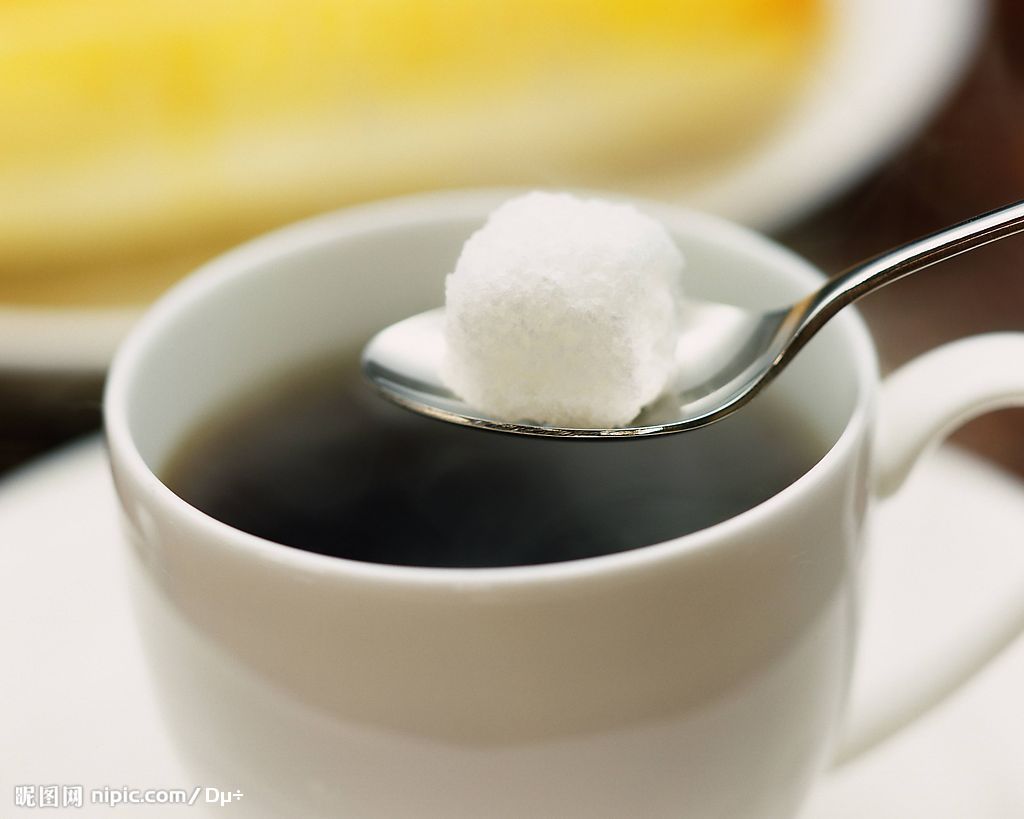Savor coffee and savor life

Coffee has become a common fashion. When your life is busy, will you hold a cup of strong coffee in your hand to get rid of the habit of fatigue? Whether you haven't or haven't formed this habit, take a look at the professional coffee appreciation introduction now, and maybe the next moment you will become a coffee tasting expert.
Professional coffee reviewers choose a special set of utensils, including a large number of white teacups or glasses, hundreds of sample boxes, sample plates (for roasted and fresh coffee beans, respectively), weighing scales and small grinders. Small roasting utensils, spittoons, tasting spoons and well-equipped, state-of-the-art equipment (to measure water content) may also be needed.
A variety of coffee beans from all over the world, through a variety of different processing methods to provide tasters with a variety of flavors and styles of coffee drinks. From light to full-bodied, from sour to slightly sour, so many kinds of coffee are quite confusing to those who taste coffee for the first time and those who try to distinguish them. However, just as there is a well-defined and widely understood method of wine tasting, there is a similar method of tasting coffee.
Although there is little difference in the appearance of coffee beans, the difference is obvious to experts. For example, some people think that selected Arabica coffee beans look better than Robbins coffee beans. Simple flavor classification can be carried out for coffee from different areas. The coffee beans from South America are very sour and refreshing, the coffee beans from East Africa, Yemen and Ethiopia are full of wine, the Arabian coffee beans from Indonesia are more full-bodied, while the Indian coffee beans are not very sour, but they can be called full-bodied.
So when evaluating coffee, the reviewer has ten criteria to consider:
* Type-Robbins, selected, Arabian, etc.
* Taste-smooth, rough, etc.
* particles-too light, overweight, etc.
* acidity-slightly sour, over-sour at the top, etc.
* freshness-from old to fresh
* defects-acidic, grassy, moldy, etc.
* Coffee cups-roasted, washed, burned, old cups, etc.
* overall assessment-peaceful, rich, bitter, etc.
* fragrance-from weak to strong
* fullness-not full enough to be quite full
It is much more difficult to become a professional coffee connoisseur and become a professional barista.
Coffee connoisseurs first evaluate the new coffee beans, write down their appearance and smell, then observe the samples just picked from the ground, and then the coffee beans are immersed in water and the tasters smell them. After about 3 minutes, stir the extract a little and smell it again to remove the foam and start tasting. The taster takes a spoonful of coffee into his mouth, chews it and then spits it out. This procedure is repeatedly applied to all samples, each of which is recorded. Many reviewers use a rating range of 1mi 5 or even 1-10, while others have their own unique methods.
Therefore, it takes years of experience to become a good coffee connoisseur. These experiences are usually gained from practical work. Tasting coffee is similar to tasting tea and wine, although it is agreed that wine is easier to taste because it lasts longer on the taste buds.
Don't be influenced by your personal tastes, you will be amazed at how quickly you have learned to distinguish between different kinds of coffee and find your favorite. You can also have a healthy and interesting blend of coffee, and you can soon create your own blend. You may find that mixing Tanzanian TanzaniaChagga AA coffee with Monsoon A coffee at 70:30 is a genius idea!
Just like tasting wine, the first step is to have the correct vocabulary, and then to accumulate experience in the process of using it, and experience can only be gained by drinking all kinds of coffee as often as possible. You will find out what is common and what you like or dislike. Everyone has different preferences for the taste, so some people will think that the HarrarLongberry is too strong, or come to the conclusion that the Costa Rican coffee is bright and impurity-free.
Important Notice :
前街咖啡 FrontStreet Coffee has moved to new addredd:
FrontStreet Coffee Address: 315,Donghua East Road,GuangZhou
Tel:020 38364473
- Prev

Eight factors affecting the taste of coffee
There are eight main factors affecting coffee: (1) the temperature of the extracted water, (2) the degree of grinding, (3) the extraction pressure, (4) the amount of powder, (5) the degree of extrusion, (6) water quality, (7) machinery and equipment, (8) human temperature: why temperature is listed as the first focus of discussion. Because other factors are better solved and there are coffee bean quality, different varieties are different. But for the average machine, the temperature
- Next

Multiple exquisite coffee cups with fragrant lips and teeth
Some people say that a cup of coffee foster a cup of mood, and a wide variety of coffee cups, like a sea of mood, ups and downs of people's various emotions. How many cups do you have? Have you ever listened to the fluctuation of your heart while drinking warm coffee in a person's night? From these warm coffee cups, in addition to the mood of coffee, you can also
Related
- Beginners will see the "Coffee pull flower" guide!
- What is the difference between ice blog purified milk and ordinary milk coffee?
- Why is the Philippines the largest producer of crops in Liberia?
- For coffee extraction, should the fine powder be retained?
- How does extracted espresso fill pressed powder? How much strength does it take to press the powder?
- How to make jasmine cold extract coffee? Is the jasmine + latte good?
- Will this little toy really make the coffee taste better? How does Lily Drip affect coffee extraction?
- Will the action of slapping the filter cup also affect coffee extraction?
- What's the difference between powder-to-water ratio and powder-to-liquid ratio?
- What is the Ethiopian local species? What does it have to do with Heirloom native species?

